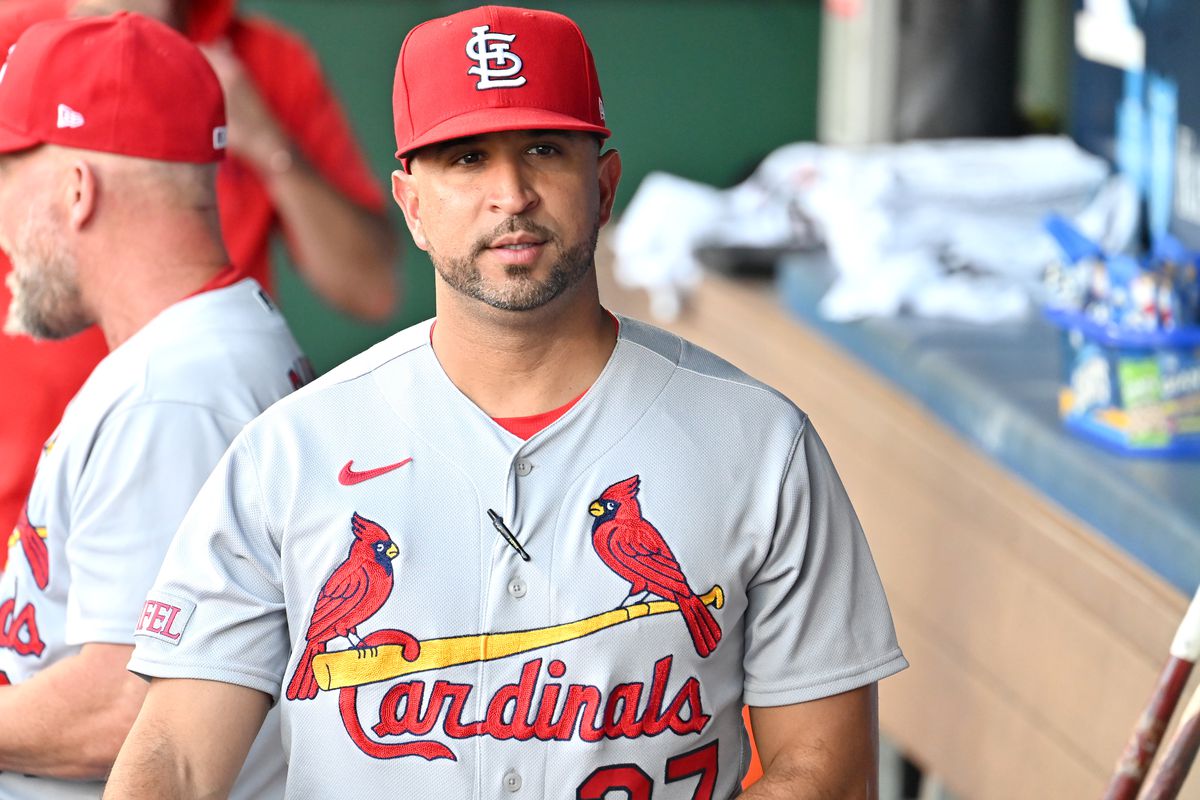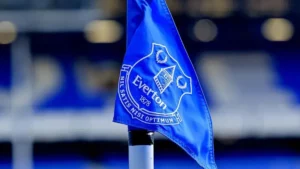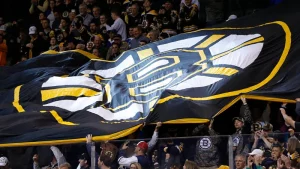
/cdn.vox-cdn.com/uploads/chorus_image/image/73416051/1601921124.0.jpg) Today, I return to a topic that I introduced last week: a season in three parts.
Today, I return to a topic that I introduced last week: a season in three parts.
Let’s start with a frequently used baseball metaphor that I find ill-applied. You’ve heard the saying before: “A baseball season is a marathon, not a sprint.” The concept makes sense at the most basic level. A baseball season is not a football season. It’s not 1 loss and you’re out of the National Championship picture. It’s 162 games long. LONG. A team can’t just go sprinting all in during April and hope to make it through to the end.
There are a lot of problems with the baseball as a marathon metaphor. I could write a whole series of articles about them. The biggest is that a marathon is a solo event. You get out there by yourself and you run. You can’t tag anyone else in. You can’t call a timeout and chat with your coaches about strategy for the final 5k. It’s you. A road. And some serious chafing. Until you finish. Or not./cdn.vox-cdn.com/uploads/chorus_image/image/73416051/1601921124.0.jpg)
A baseball team is not a solo endeavor. It’s a team sport. And that team is a fluid entity. The rules of MLB allow teams to make changes to their roster for the entire length of the season. A team can replace injured players, sign free agents, plug minor league players into their roster, or pull underperforming players from the lineup from game 1 through game 162.
At no point (ok, at very few points) is any one person out there by themselves with the fate of a full season in their hands.
Instead, the team can make necessary changes in their personnel to maximize their winning potential over this marathon season. (Sorry, I had to.)
That’s why I, and others, often talk about a baseball season in three parts. You can think of this in terms of thirds: April + May, June + July, August + September. Those dates are more organizational than meaningful. It’s the purpose of each section of time that matters.
I’ve decided to frame the three parts of the season in terms of a guiding question; a mindset or goal that the organization – the players, manager/coaches, and front office – are trying to consider during each section of play.
First third: What do we have?
The first third of the season is all about finding out what a team has at their disposal. Their 26-man roster. Their 40-man roster. Their MLB-ready non-roster prospects. As well as the landscape of the rest of the division/league and where the team fits within that landscape.
Second third: What do we need?/cdn.vox-cdn.com/uploads/chorus_image/image/73416051/1601921124.0.jpg)
The second third is all about the team re-positioning their assets or acquiring new ones to maximize their season goals, whatever those are. If it’s to win, then they should try to place their players into the best roles to win as often as possible. They should fill gaps from outside the organization through trades, bench or re-utilize underperforming players, and call up impact performers from the minors. If contending doesn’t seem feasible, the second third of the season becomes about finding the best way to use prospects and expendable parts to prepare for next season.
Final third: What can we do?
The final third decides it all. With the assets the team has put into place on the field, can they achieve their goals? If they are trying to contend, then they have to win the games needed to do so. If they are not trying to contend, then the team has to see the progress they want from the players they have – in the majors and the minors – to know where they stand entering the offseason.





